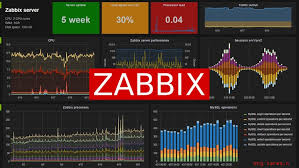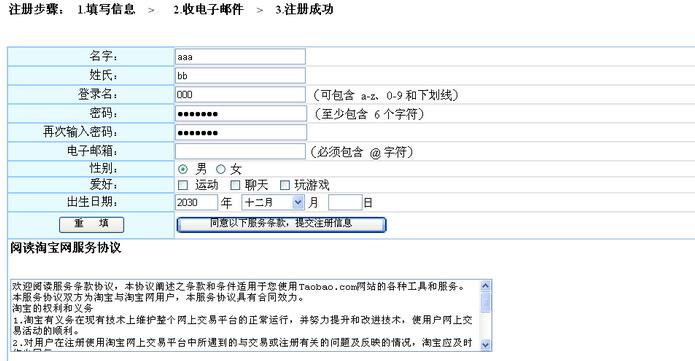参考资料
允许指定用户登录(白名单) {#menu_index_1}
在 sshd 的配置文件 /etc/ssh/sshd_config 中添加 AllowUsers 项,其后方跟随以空格分隔的用户名 PATTERN 列表。
例如允许 test-a 用户和从 192.168.1.100 登录的 test-b 用户:
AllowUsers test-a test-b@192.168.1.100
原文
This keyword can be followed by a list of user name patterns, separated by spaces.
If specified, login is allowed only for user names that match one of the patterns.
Only user names are valid; a numerical user ID is not recognized.
By default, login is allowed for all users.
If the pattern takes the form USER@HOST then USER and HOST are separately checked, restricting logins to particular users from particular hosts.
The allow/deny directives are processed in the following order: DenyUsers, AllowUsers, DenyGroups, and finally AllowGroups.
禁止指定用户登录(黑名单) {#menu_index_2}
在 sshd 的配置文件 /etc/ssh/sshd_config 中添加 DenyUsers 项,,其后方跟随以空格分隔的用户名 PATTERN 列表。
例如禁止 test-c 用户和从 192.168.1.100 登录的 test-d 用户:
DenyUsers test-c test-d@192.168.1.100
原文
This keyword can be followed by a list of user name patterns, separated by spaces.
Login is disallowed for user names that match one of the patterns.
Only user names are valid; a numerical user ID is not recognized.
By default, login is allowed for all users.
If the pattern takes the form USER@HOST then USER and HOST are separately checked, restricting logins to particular users from particular hosts.
The allow/deny directives are processed in the following order: DenyUsers, AllowUsers, DenyGroups, and finally AllowGroups.
PATTERN {#menu_index_3}
一个 PATTERN 由零个或多个非空白字符以及"*"(匹配零个或多个字符的通配符)或"?"(仅匹配一个字符的通配符)组成。
例如匹配主机 192.168.0.0 ~ 192.168.0.9,可以使用:
192.168.0.?
原文
A pattern consists of zero or more non-whitespace characters, '*' (a wildcard that matches zero or more characters), or '?' (a wildcard that matches exactly one character).
For example, to specify a set of declarations for any host in the ".co.uk" set of domains, the following pattern could be used:
Host *.co.uk
The following pattern would match any host in the 192.168.0.[0-9] network range:
Host 192.168.0.?
A pattern-list is a comma-separated list of patterns.
Patterns within pattern-lists may be negated by preceding them with an exclamation mark ('!').
For example, to allow a key to be used from anywhere within an organisation except from the "dialup" pool, the following entry (in authorized_keys) could be used:
from="!*.dialup.example.com,*.example.com"</code></pre><span id="menu_index_4" class="index-menu-anchor" data-title="注意"></span>
注意
-
配置完成后需要重启 sshd 服务(例如 service sshd restart)。
-
配置的 allow / deny 指令按照此顺序进行处理:DenyUsers -> AllowUsers -> DenyGroups -> AllowGroups
 51工具盒子
51工具盒子






